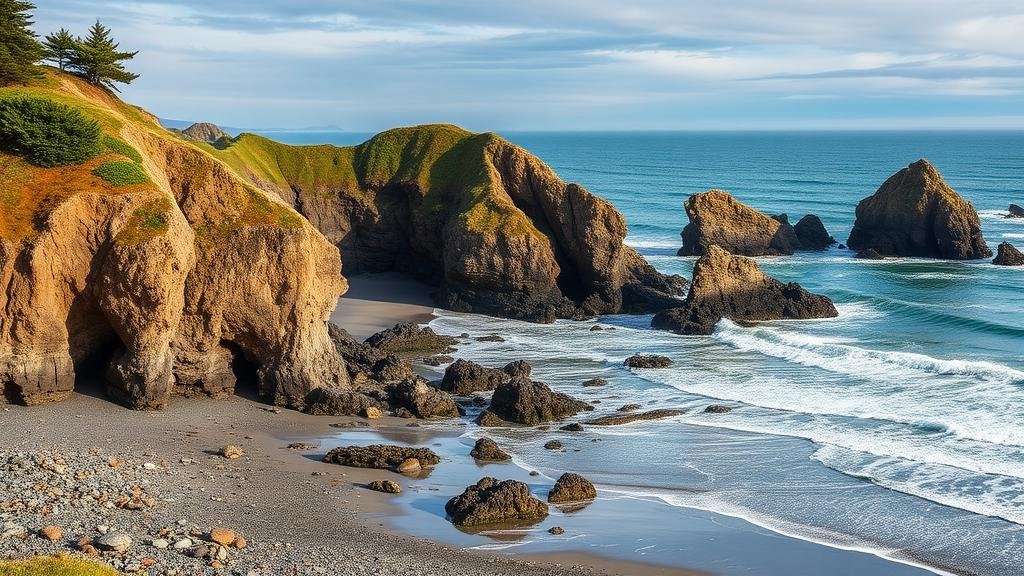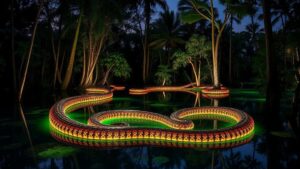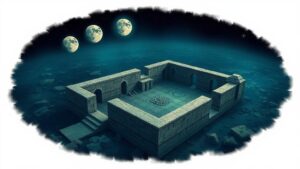Documenting the rugged coastline and sea stacks of Cannon Beach in Oregon.
Documenting the Rugged Coastline and Sea Stacks of Cannon Beach, Oregon
Cannon Beach, located on the northern Oregon Coast, is renowned for its dramatic coastline and striking sea stacks, particularly the iconic Haystack Rock. Stretching over a mile along the Pacific Ocean, this picturesque locale is a treasure trove of natural beauty, making it a prime spot for nature enthusiasts, photographers, and tourists alike. This article explores the unique geological features, historical significance, and ecological diversity of Cannon Beach and its surroundings.
The Iconic Haystack Rock
At the heart of Cannon Beach stands Haystack Rock, a 235-foot sea stack that has become emblematic of the region. Designated as a protected marine garden, Haystack Rock is not just a visual marvel but also a critical habitat for various species. During low tides, visitors can explore the tide pools surrounding the rock, where an abundance of marine life thrives.
- The rock is home to over 200 species of sea life, including anemones, sea stars, and crabs.
- It serves as a nesting ground for several seabird species, such as the common murre and cormorants, which can be seen during breeding seasons from April to July.
According to the Oregon Coast National Marine Sanctuary, Haystack Rock is a vital part of the coastal ecosystem, providing essential resources for both wildlife and locals. The rocks prominence is complemented by its historical significance, as it was first noted by the Lewis and Clark Expedition in 1805.
Geology of the Region
The rugged coastline of Cannon Beach is characterized by its unique geological formations that have been shaped by millions of years of volcanic activity, erosion, and tectonic movements. sea stacks, which include Hug Point and Silver Point, were formed from basaltic lava flows that cooled and solidified, creating these distinct structures. Understanding this geology helps to paint a picture of the areas natural history.
- The coastal bluffs are composed of sedimentary rock, which dates back approximately 37 million years.
- Oregons coastline is classified as a high energy coastal environment due to the powerful Pacific Ocean waves and storm surges that continually reshape the coastal landscape.
Visitors can gain insight into these geological processes by exploring the various trails leading along the coastline, which offer breathtaking views and educational opportunities regarding coastal erosion and rock formation.
Ecological Diversity and Conservation
The Cannon Beach area boasts a rich diversity of ecosystems, ranging from coastal dunes to tidal flats, which host an array of flora and fauna. The Cannon Beach Wildlife Refuge is part of the broader effort to conserve these habitats, ensuring that both the wildlife and natural beauty are preserved for future generations.
- The coastal dunes are home to plant species adapted to harsh environments, such as the dune grass and beach strawberry.
- Countless migratory birds utilize the area as a stopover point during their annual journeys, contributing to the regions biodiversity.
Effective conservation practices are vital in maintaining this delicate balance, and organizations such as the Friends of Haystack Rock work alongside local governments to educate the public on sustainable practices and the importance of protecting marine environments.
Visiting Cannon Beach: Practical Information
For those wishing to experience the stunning coastline and sea stacks of Cannon Beach, several options are available. best time to visit is during spring and fall, when the weather is mild and the crowds are smaller. Here are some key points to consider when planning your trip:
- Access to the beach is available year-round, with parking lots located at various access points, including Haystack Rock and Ecola State Park.
- Guided tide pool tours are offered during low tide by local organizations, providing valuable insights into the marine ecosystem.
- The Cannon Beach Chamber of Commerce provides resources for local accommodations, dining, and activities.
Visitors are encouraged to respect the natural environment by adhering to designated paths, avoiding the nesting areas of seabirds, and practicing Leave No Trace principles to minimize human impact.
Conclusion
Cannon Beach, with its breathtaking sea stacks and rugged coastline, is a destination that offers both beauty and educational opportunities. Through the lenses of geology, biodiversity, and conservation, visitors can appreciate the intricate relationship between natural landscapes and the ecosystems they support. Whether you are standing in awe before Haystack Rock, exploring vibrant tide pools, or witnessing the resilience of coastal flora and fauna, Cannon Beach stands as a testament to the enduring power of nature.
By investing time to document and understand these remarkable features, we can all contribute to their preservation and continued enjoyment. Plan your visit today, and immerse yourself in the natural splendor of Cannon Beach.



